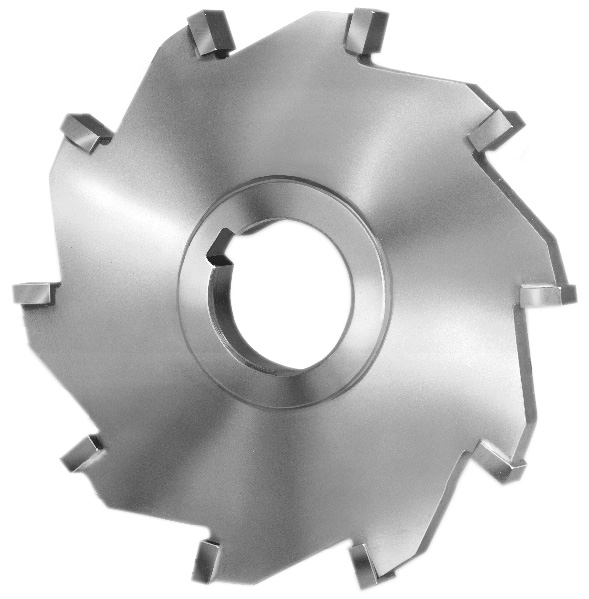No products in the cart.

I quote a lot of special milling cutters and slitting saws. Frequently I receive a HSS print with a note from the customer saying that they would like this quoted in carbide tipped. So I quote the cutter and reduce the number of teeth. A carbide tipped cutter with the same diameter and width as a HSS cutter will have less teeth than the HSS cutter. The customer looks at my quote and then usually asks me to increase the number of teeth to match the HSS cutter. I comply with the request because the customer is always right, but I know that I really just quoted the customer a tool that has too many teeth (I include a note with our recommended number of teeth in carbide tipped but the majority of the time it is ignored). More teeth means
the cutter will cost more. It also may not be as effective as the HSS cutter that they were originally using ; especially if the HSS cutter was performing adequately. This brings me to the point I’m trying to make:
Carbide tipped tools do NOT need the same number of teeth as equivalent HSS tools.
Here’s why: Chip Clearance. Carbide tipped tools can be run with higher feeds and speeds. Running at higher speeds and feeds results in more material being removed during the cut. That material is in the form of chips. Because there are more chips, more room is needed so they can be evacuated properly from the cutting edge. If you cram more teeth in the cutter this material has less room to “get out of the way” of the cut which can result in any number adverse effects including poor finish and reduced tool life. Increased stock removal also results in larger chips being created. This also contributes to the clearance problem. So, if you are converting a HSS cutter to carbide tipped (which I highly recommend for a number of reasons, a few of which I list below) reduce the number of teeth in the carbide tipped cutter. Below is a table that shows the number of teeth in standard HSS cutters and their equivalent in standard carbide tipped cutters for different cutter diameters.
Number of Teeth | ||
| Diameter | HSS | Carbide Tipped |
3” | 32 | 12 |
4” | 36 | 14 |
5” | 40 | 16 |
6” | 48 | 18 |
8” | 52 | 24 |
Some materials machine better with more teeth than the table above, but the concept will still hold true. If the HSS cutter has more teeth than the table above and is performing effectively, the equivalent carbide tipped cutter will have more teeth than the table above but still less than the HSS cutter.
Reasons to switch from HSS to carbide tipped
1. Higher speeds and feeds result in a reduction in cycle times as bigger/deeper cuts can be made
2. Carbide maintains its cutting edge at high machining temperatures
3. Carbide has much better resistance to wear at the cutting edge and holds its size longer
4. This resistance to wear reduces the number of tool changes resulting in less machine down time and longer tool life.
If you have any questions or would like more information on coverting your HSS cutters to carbide tipped cutters please leave us a comment here on our blog or fill out the form on Super Tool’s Contact Us Page or give us a call at 941-751-9677.
Bryan Enander
Super Tool, Inc.
941-751-9677